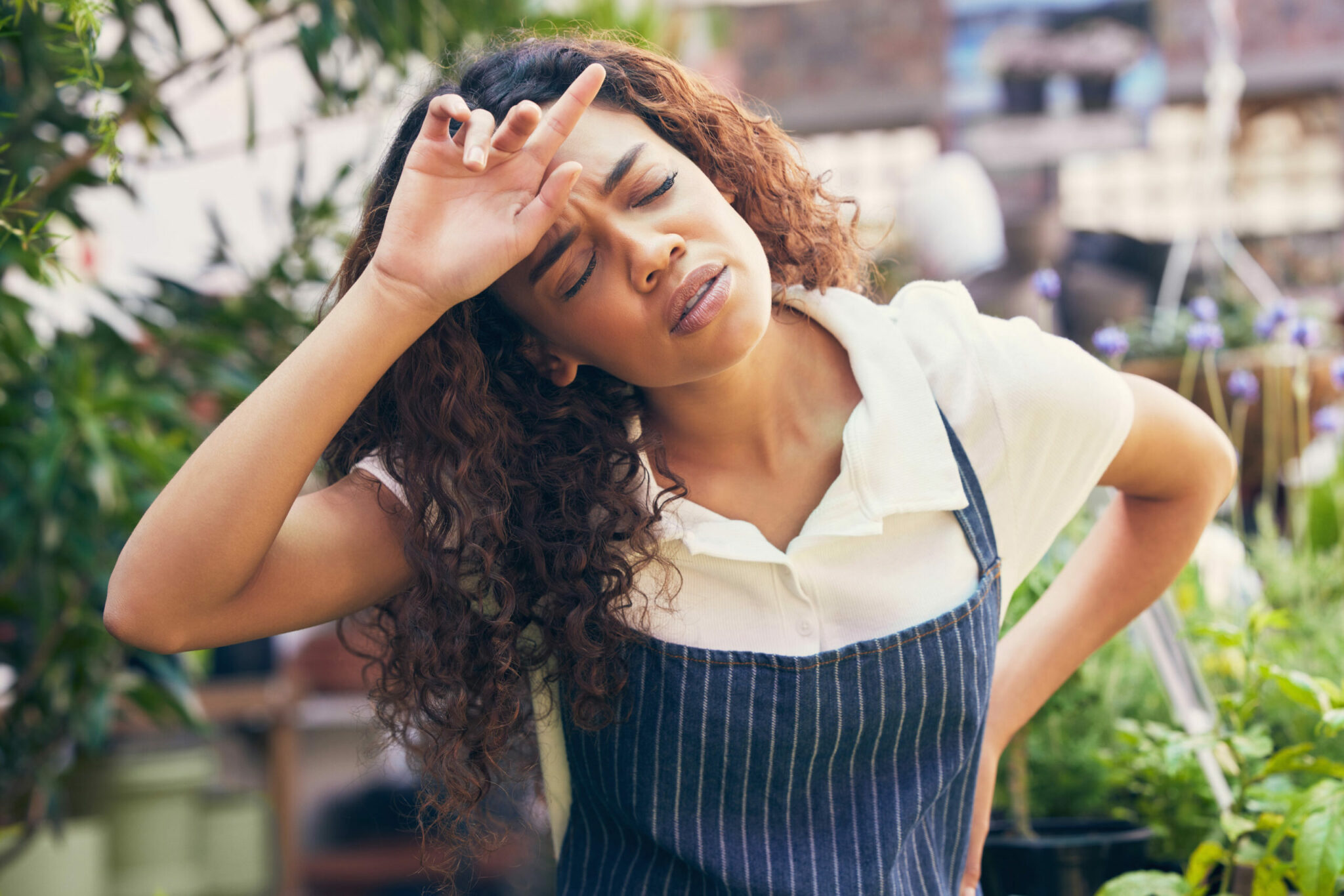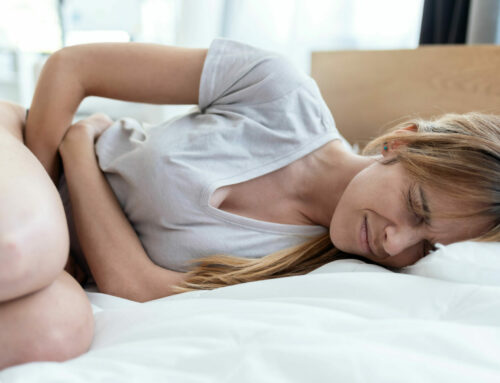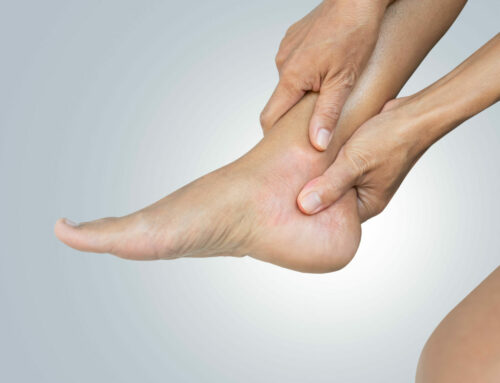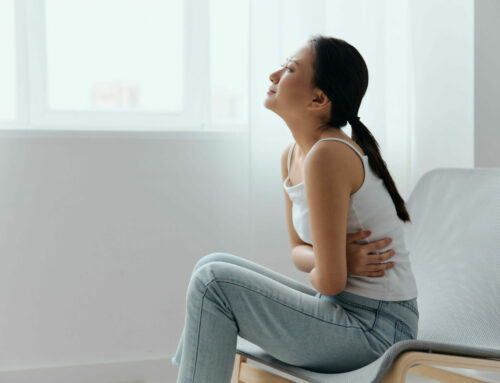Gardening is a great activity for the warm months of the year. Sowing seeds and beautifying your lawn can serve to both improve your mood and your health. That being said, many people don’t realize how much strain gardening can place on the body.
If you don’t take the proper steps to recover after gardening, you could be setting yourself up for a lifetime of pain and discomfort. In this article, we’ll review some gardening injuries and discuss ways to decrease your pain after tending to your garden.
What Causes Pain After Gardening?
Because gardening is such a broad term, there are numerous issues one could experience after a few hours of working in the garden. In this section, we’ll outline a few of the most common causes of gardening-related pain.
Reaching, Pushing, and Pulling
Gardening involves many different movements. When you observe a gardener, you’ll often find them kneeling in the dirt. From this position, they will often reach out in order to pluck, plant, or push something out of the way.
These motions put significant strain on the neck, back, shoulders, and other parts of the body. This is especially true when one is gardening for many hours on end, many days in a row. Gardeners need to be sure to practice good body mechanics when performing these motions.
Lifting and Carrying
Some gardeners will plant bushes, shrubs, or even trees on their lawns. While these plants look amazing in a garden, they require some serious strength in order to move and plant them. Lifting a large plant off of the ground and carrying it is akin to an awkward deadlift, one of the most difficult exercises that gym-goers perform.
The lifting of heavy plants cannot and should not be performed by an unprepared gardener. These plants may seem harmless, but their sheer weight can lead to slipped discs and other major health problems when a person attempts to lift them with insufficient strength and poor form.
Manipulating Tools
Often gardeners will need to use shovels, shears, and other gardening equipment. This can lead to hand pain and other joint issues. Gardeners need to be sure to keep their tools in good shape and to learn how to use them properly.
Reducing Post-Gardening Pain
As was mentioned in the previous section, gardening pain can develop for a variety of reasons. Therefore, it’s critical for gardeners to find ways to reduce their pain after gardening and prevent it from ever occurring when possible.
Warming-Up Before Gardening
Getting your body loose and warm before gardening can help to reduce soreness after the activity has ended. By performing simple movements like shoulder circles, squats, and leg raises, you can prime your body for the upcoming work and decrease the chances of being overly sore or sustaining an injury.
Using Proper Equipment
It can be tempting to use your hands and body for all gardening tasks. However, you should leverage tools in order to reduce the strain on your muscles and joints. Wheelbarrows, shovels, and other tools are essential for your gardening work, and you should always be sure to use them appropriately.
Working with a Chiropractor
Chiropractors can help gardeners reduce chiropractic pain. By manipulating specific areas of the spine, your chiropractor can reduce subluxations, leading to decreased pain, improved range of motion, and many other health benefits.
The professionals at At Last Chiropractic, your go-to Lithia, FL chiropractor, can help you with any and all of your painful conditions. If you’re a gardener who is looking for ways to decrease your pain and improve your ability to tend to your garden throughout the entire season, we can hepl. Book your appointment today!






